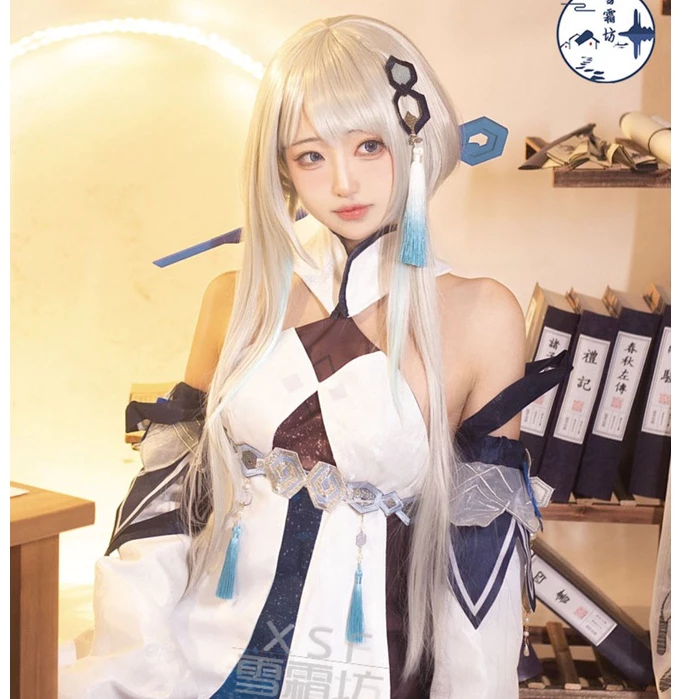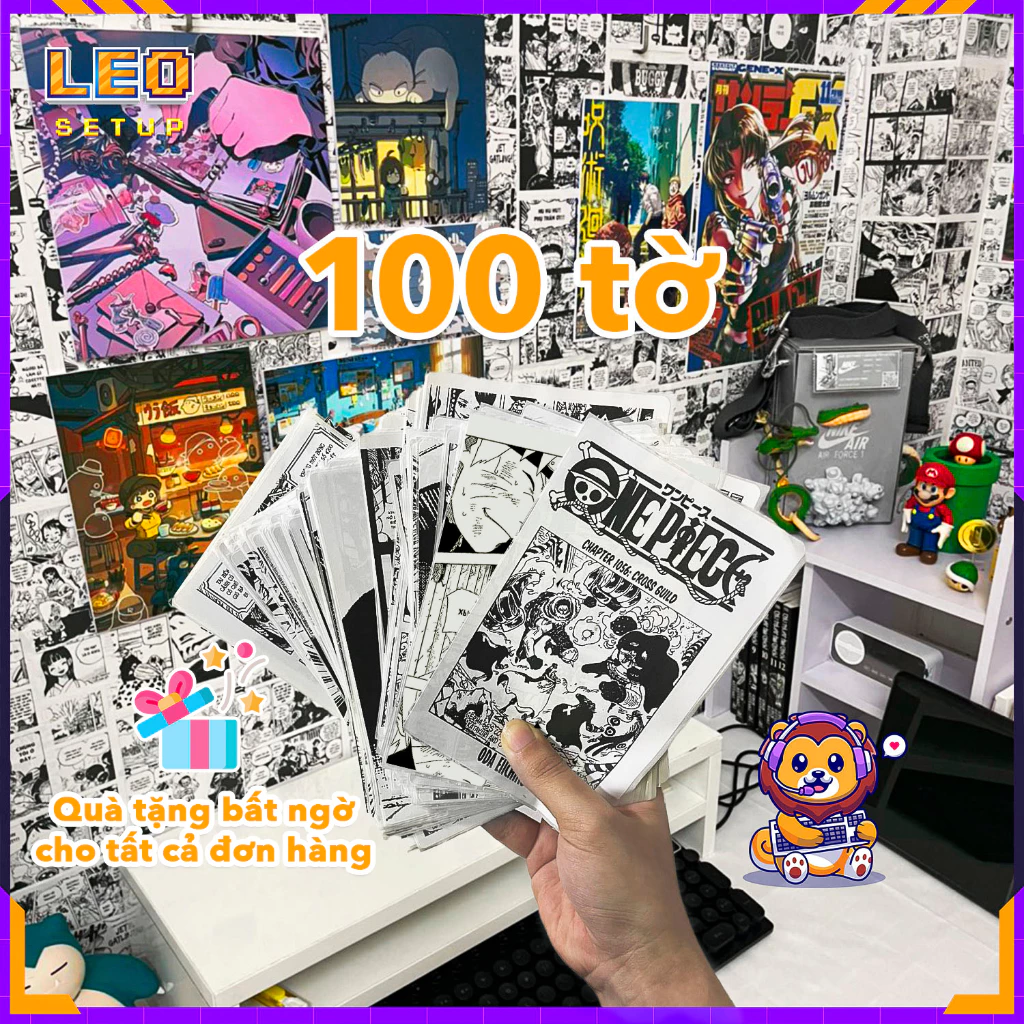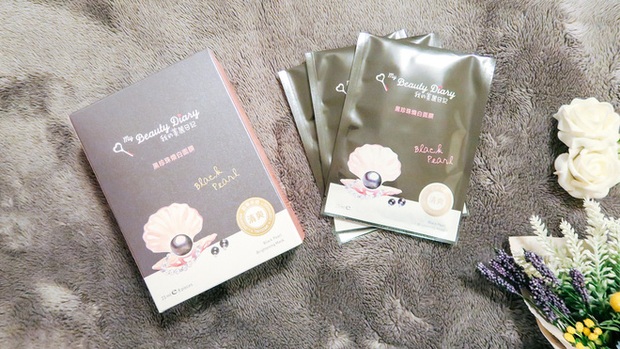Bản sắc văn hóa

Bản sắc văn hóa hay bản thể văn hóa (tiếng Anh: cultural identity) là bản thể hay cảm giác thuộc về một nhóm nào đó. Nó là một phần của khái niệm về bản thân và nhận thức về bản thân của một người, và có liên quan đến quốc tịch, sắc tộc, tôn giáo, giai cấp xã hội, thế hệ, địa phương hay bất cứ loại nhóm xã hội nào có văn hóa riêng biệt. Bản sắc văn hóa đặc trưng cho cả cá nhân và nhóm đồng nhất về văn hóa với các thành viên có chung bản sắc văn hóa.[1]
Xem thêm
[sửa | sửa mã nguồn]Chú thích
[sửa | sửa mã nguồn]- ^ Moha Ennaji, Multilingualism, Cultural Identity, and Education in Morocco, Springer Science & Business Media, 2005, pp.19-23
Tham khảo
[sửa | sửa mã nguồn]- Gad Barzilai, Communities and Law: Politics and Cultures of Legal Identities University of Michigan Press, 2003. ISBN 978-0-472-03079-8
- Tan, S.-h. (2005). Challenging citizenship: group membership and cultural identity in a global age. Aldershot, Hants, England: Ashgate. ISBN 0-7546-4367-0
- Bunschoten, R., Binet, H., & Hoshino, T. (2001). Urban flotsam: stirring the city: Chora. Rotterdam: 010 Publishers. ISBN 90-6450-387-7
- Mandelbaum, M. (2000). The new European diasporas: national minorities and conflict in Eastern Europe. New York: Council on Foreign Relations Press
- Houtman, G. (1999). Mental culture in Burmese crisis politics: Aung San Suu Kyi and the National League for Democracy. Tokyo: Institute for the Study of Languages and Cultures of Asia and Africa, Tokyo University of Foreign Studies. (library.cornell.edu). ISBN 4-87297-748-3
- Sagasti, F. R., & Alcalde, G. (1999). Development cooperation in a fractured global order: an arduous transition. Ottawa: International Development Research Centre. ISBN 0-88936-889-9
- Crahan, M. E., & Vourvoulias-Bush, A. (1997). The city and the world: New York's global future. New York: Council on Foreign relations. ISBN 0-87609-208-3
- Hall, S., & Du Gay, P. (1996). Questions of cultural identity. London: Sage. ISBN 0-8039-7883-9
- Cable, V. (1994). The world's new fissures: identities in crisis. London: Demos. ISBN 1-898309-35-3
- Berkson, I. B. (1920).Theories of Americanization a critical study, with special reference to the Jewish group. New York City: Teachers College, Columbia University.
- Mora, Necha. (2008). [1] Lưu trữ 2014-04-29 tại Wayback Machine
Đọc thêm
[sửa | sửa mã nguồn]| Thư viện tài nguyên ngoại văn về Cultural identity |
- Anderson, Benedict (1991). Imagined Communities. London: Verso.
- Balibar, Renée & Laporte, Dominique (1974). Le français national: Politique et pratique de la langue nationale sous la Révolution. Paris: Hachette.
- Bourdieu, Pierre (1980). “L'identité et la représentation”. Actes de la recherche en sciences sociales. 35: 63–70. doi:10.3406/arss.1980.2100.
- (full-text IDENTITIES: how Governed, Who Pays? Lưu trữ 2023-04-04 tại Wayback Machine)
- de Certeau, Michel; Julia, Dominique; & Revel, Jacques (1975). Une politique de la langue: La Révolution française et les patois. Paris: Gallimard.
- Evangelista, M. (2003). "Culture, Identity, and Conflict: The Influence of Gender," in Conflict and Reconstruction in Multiethnic Societies, Washington, D.C.: The National Academies Press [2]
- Fishman, Joshua A. (1973). Language and Nationalism: Two Integrative Essays. Rowley, MA: Newbury House.*Güney, Ü. (2010). “We see our people suffering: the war, the mass media and the reproduction of Muslim identity among youth”. Media, War & Conflict. 3 (2): 1–14. doi:10.1177/1750635210360081.
- Gellner, Ernest (1983). Nations and Nationalism. Oxford: Basil Blackwell.
- Gordon, David C. (1978). The French Language and National Identity (1930–1975). The Hague: Mouton.
- James, Paul (2015). “Despite the Terrors of Typologies: The Importance of Understanding Categories of Difference and Identity”. Interventions: International Journal of Postcolonial Studies. 17 (2): 174–195.
- Robyns, Clem (1995). "Defending the national identity". In Andreas Poltermann (Ed.), Literaturkanon, Medienereignis, Kultureller Text. Berlin: Erich Schmidt Verlag ISBN 3-503-03727-6.
- Robyns, Clem (1994). "Translation and discursive identity". In Poetics Today 15 (3), 405–428. http://kuleuven.academia.edu/ClemRobyns/Papers/692295/Translation_and_discursive_identity
- Shindler, Michel (2014). “A Discussion On The Purpose of Cultural Identity”. The Apollonian Revolt. Lưu trữ bản gốc ngày 19 tháng 4 năm 2015. Truy cập ngày 9 tháng 4 năm 2015.Quản lý CS1: bot: trạng thái URL ban đầu không rõ (liên kết)
- Sparrow, Lise M. (2014). Beyond multicultural man: Complexities of identity. In Molefi Kete Asante, Yoshitaka Miike, & Jing Yin (Eds.), The global intercultural communication reader (2nd ed., pp. 393–414). New York, NY: Routledge.
- Stewart, Edward C., & Bennet, Milton J. (1991). American cultural patterns: A cross-cultural perspective (Rev. ed.). Yarmouth, ME: Intercultural Press.
- Woolf, Stuart. "Europe and the Nation-State". EUI Working Papers in History 91/11. Florence: European University Institute.
Chúng tôi bán
 GIẢM
37%
GIẢM
37%
38.000 ₫
60.000 ₫
 GIẢM
30%
GIẢM
30%
64.400 ₫
92.000 ₫
![[Review sách] Bay trên tổ cúc cu - Ken Kesey](https://down-tx-vn.img.susercontent.com/079e668073f965ecde883224be898386.webp) GIẢM
20%
GIẢM
20%
118.000 ₫
148.000 ₫
 GIẢM
15%
GIẢM
15%
340.000 ₫
400.000 ₫
 GIẢM
19%
GIẢM
19%
6.900 ₫
8.500 ₫



